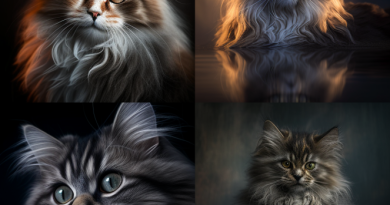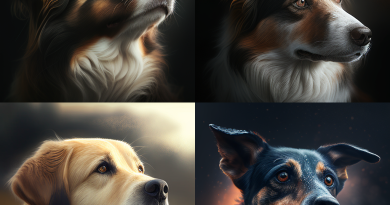Owl Photography
Owl photography is a fascinating and rewarding experience for any photographer interested in capturing these majestic birds of prey. Owls are known for their unique features and stunning beauty, making them an excellent subject for photographers looking to capture the beauty of nature.
When it comes to owl photography, there are a few things that photographers should keep in mind. In this article, we will explore some of the key aspects of owl photography, including equipment, settings, techniques, and tips for getting the best shots.
Equipment
The first step in owl photography is to ensure that you have the right equipment. A camera with a fast shutter speed and good autofocus system is essential for capturing owls in flight. A DSLR or mirrorless camera with a fast burst mode and good autofocus system is ideal. You should also consider investing in a high-quality telephoto lens that can zoom in on the owl from a safe distance. A lens with an aperture of f/2.8 or wider is recommended for low-light situations.
In addition, you will need a sturdy tripod to keep your camera steady and prevent blur from camera shake. A remote shutter release can also be helpful to prevent any accidental camera movement.
Settings
Once you have the right equipment, it’s time to set up your camera for owl photography. Here are some recommended settings:
- Shutter speed: A fast shutter speed of at least 1/1000th of a second is recommended for capturing owls in flight.
- Aperture: A wide aperture of f/2.8 or wider is recommended for low-light situations and to create a shallow depth of field.
- ISO: Use a high ISO setting such as ISO 1600 or higher to compensate for low-light conditions.
- Autofocus: Use continuous autofocus (AI Servo on Canon cameras, AF-C on Nikon cameras) to keep the owl in focus as it moves.





Owl Photography Techniques
Owl photography requires patience and skill, and it can take some time to get the perfect shot. Here are some techniques to help you capture stunning owl photographs:
- Research the species: Before heading out to photograph owls, research the species that are found in your area. This will help you understand their behavior and habitat, which can be useful when trying to locate them.
- Use camouflage: Owls have excellent eyesight and can spot humans from a long distance. To avoid disturbing them, use camouflage clothing or a hide to blend in with the environment.
- Look for interesting angles: Try to capture the owl from different angles and perspectives, such as from above or below. This can add a unique and creative element to your photos.
- Shoot in bursts: Owls can be unpredictable, so it’s a good idea to shoot in bursts to capture different poses and movements.
Tips
Here are some additional tips to help you get the best owl photographs:
- Be respectful: Owls are wild animals and should be treated with respect. Avoid getting too close to them or disturbing them in any way.
- Be patient: Owl photography requires patience and persistence. It may take some time to find the right owl in the right location, so be prepared to wait.
- Shoot in raw format: Shooting in raw format allows you to capture the maximum amount of data from your camera, which gives you more flexibility when editing your photos.
- Experiment with lighting: Owls are most active at dawn and dusk, which can create some interesting lighting conditions. Experiment with different lighting conditions to create unique and captivating photos.
In conclusion, owl photography is an exciting and rewarding experience that requires patience, skill, and the right equipment. By following the tips and techniques outlined in this article, you can capture stunning owl photographs that showcase the beauty and majesty of these incredible birds.


